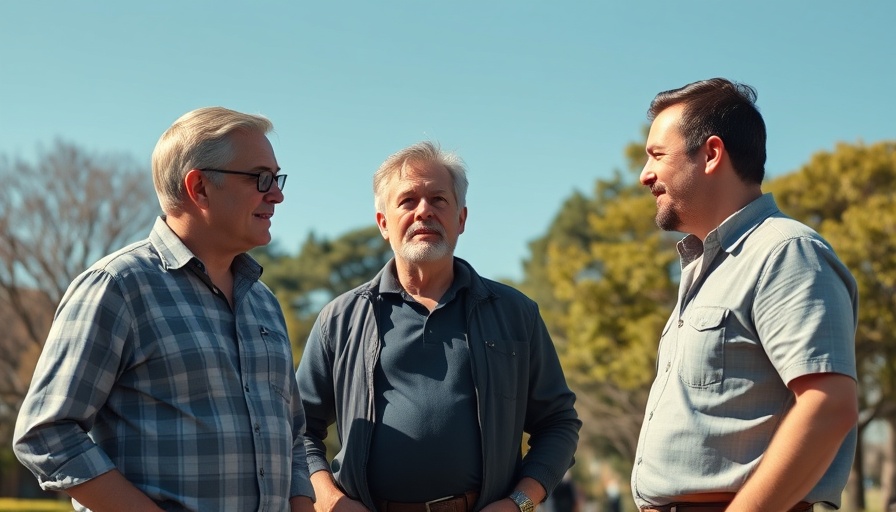
Exploring the Rich Tapestry of Podcasting in DC
As the world of podcasting continues to evolve, our nation's capital, Washington, DC, remains at the forefront with a diverse array of voices and narratives. The podcasting landscape in DC reflects the vibrant culture and community of the city, making it essential for listeners to engage with the stories being told. In this spirit, the DC podcast scene embraces not only entertainment but also significant representation of its varied populace, as highlighted by recent discussions surrounding diversity among podcast guests.
Understanding the Dynamics of Diverse Voices
David Plotz's article on City Cast DC emphasizes a commitment to showcasing diverse podcast guests, which is vital in representing the city's multifaceted community. While only 15% of their guests were Black in 2023—against a backdrop where Black residents account for 42% of the city's demographic—this raises important conversations about whose stories are told and how they are prioritized in media. Engaging with content that showcases diverse perspectives can deepen understanding and foster empathy among listeners, which is crucial in a society often divided by race and experience.
Why Diversity in Storytelling Matters
The representation of diverse voices is not merely about numbers; it's about the stories that shape our understanding of our communities. Listening to a variety of narratives allows individuals from different backgrounds to find common ground. This is particularly resonant for believers, seekers, educators, and skeptics in seeking insight and fostering dialogue about faith, culture, and identity.
Highlighting the Narrative Podcast Trend in DC
According to Joshua Lapin-Bertone's exploration into DC's narrative podcasts, this medium has developed substantially, providing a platform for stories that encapsulate the essence of DC's vibrant culture—from superhero chronicles to real-life experiences that reflect the struggles and hopes of its citizens. Podcasts like Batman Unburied and Harley Quinn and the Joker: Sound Mind serve not only as entertainment but also as reflections of deeper psychological themes relevant in today’s society. This trend also speaks to a wider avenue for young people in DC to engage creatively with their identities and beliefs through the stories they consume and discuss.
Fostering Conversations Through Shared Experiences
For youth and college students, the podcasts resonate uniquely, providing a space to explore their beliefs and question existing narratives. Conversations sparked by episodes can lead to community discussions and help bridge gaps between differing perspectives. Engaging with such content encourages critical thinking, a valuable asset for anyone navigating complex social landscapes.
Call to Action: Dive Into the Podcasting Revolution
As these conversations continue to unfold, it's imperative for you to join in and listen to these enlightening podcasts. Whether you're a believer looking to strengthen your faith or a skeptic looking for new angles, the rich tapestry of voices in DC’s podcasts offers something for everyone. Don’t miss out on the chance to broaden your horizons and engage with narratives that challenge and inspire.
 Add Row
Add Row  Add
Add 








Write A Comment